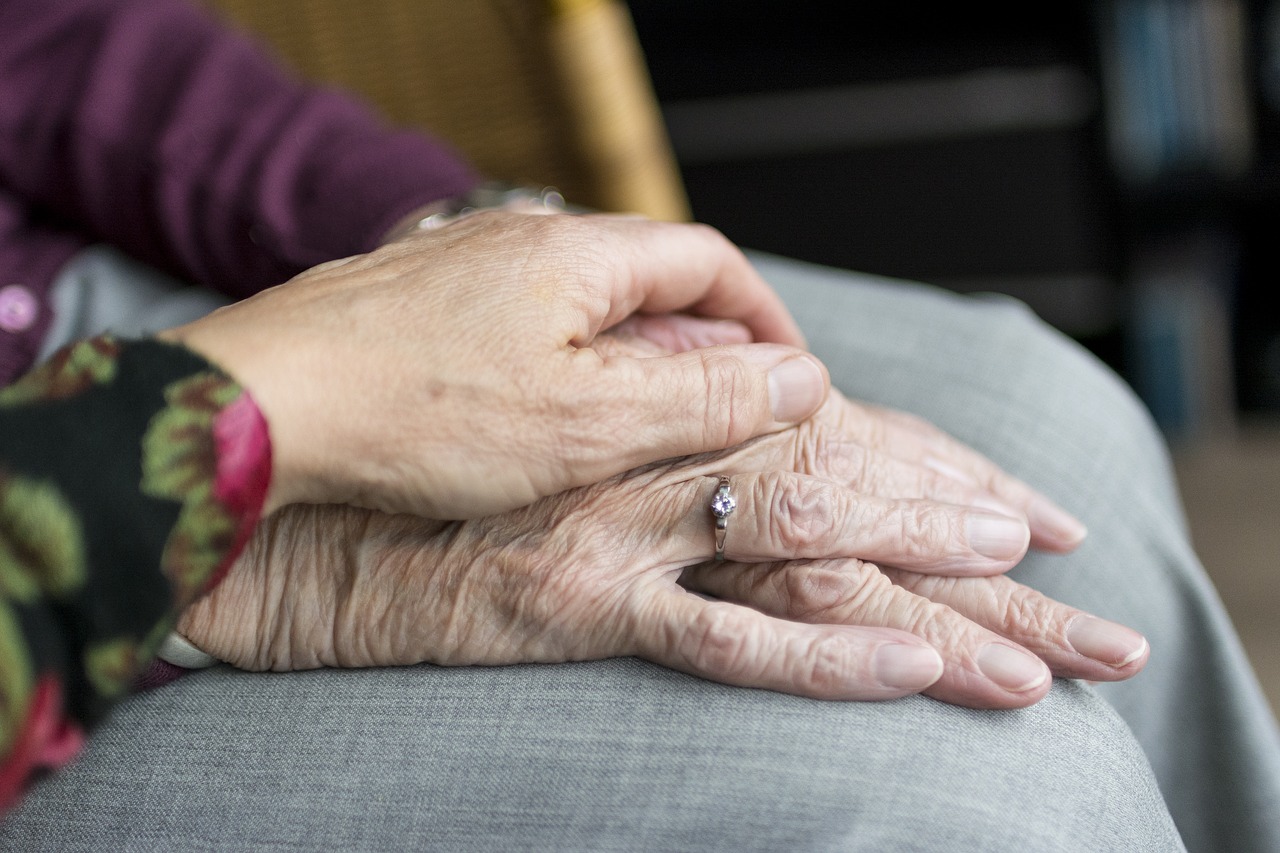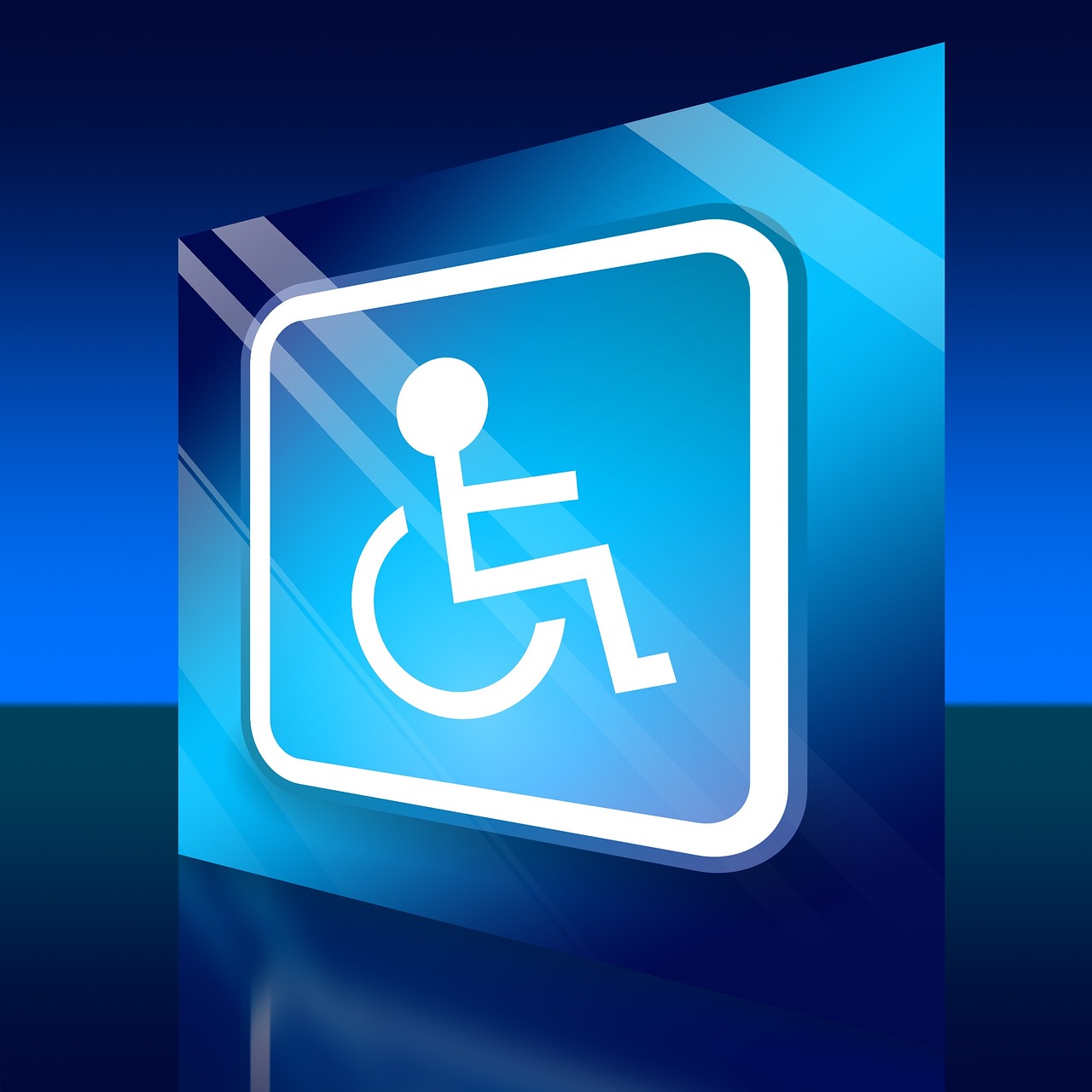Just 8% of carers feel that they currently recieve sufficient breaks from caring, according to new figures released by the national charity, Carers UK.
One-third of carers said they would use a break from caring to attend their own medical appointments, while more than 50% of the carers interviewed (52%) said they would use their break to be able to see other family and friends.
Read next: Survey Of Adult Carers Finds Increased Levels Of Stress, Depression, & Financial Difficulty

These shocking figures come from the Carers UK ‘Give Us A Break’ campaign, which says “Carers have a right to have a life alongside their caring responsibilities and they need to be able to take time for themselves and to look after their own mental and physical health.”
Carers UK estimate that the total number of adult carers in England may be as high as 7.3 million people, meaning 1 in 6 of the adult population could be providing care to a relative or friend – and yet, despite these high numbers, 3 in 4 carers reportedly feel that their caring role is misunderstood and undervalued by their community.
Helen Walker, Chief Executive of Carers UK, said “Having a break is a fundamental partof human life and human rights. Can you imagine, as a worker, never having time off? It can feel like that as a carer if you don’t get the right support.
“Increasingly squeezed local authority budgets and unprecedented funding pressures on social care mean that many carers are left without support.”
Recommendations following these findings include doubling funding for carers’ breaks from £130 million to £260 million in 2020/21. Furthermore, Carers UK is advising local authorities to make breaks a key part of their preventive work, and at the heart of the healthy and social care system.
With 69% of carers saying that the ability to have a break from caring has had a positive impact, it’s clear to see that more support structures are needed to help the growing community of unpaid and paid carers.
Read the full Give Carers A Break: Carers At Breaking Point 2019 report.
What you can do to help:
While the report suggests changes need to be made by the government to give unpaid carers more funding and therefore more support, there are things we can do as family members, friends, and employers to help the carers in our community right now.
This can include offering to do chores like food shopping or even just providing a listening ear. Read our article on ways you can help provide respite for carers for more ideas.
Being a carer is hard work, and at Surewise our key initiative is to help our customers live confidently. We provide monthly and annual carers insurance to cover you against the unexpected incidents that can occur around the workplace.
Click here to find out more and get a quote today.
From the 30th August 2019, the blue badge disabled parking scheme has undergone its biggest change-up since its introduction in 1970.
Below, we’ve covered what exactly has changed, and how this could affect you.

What’s changed?
The biggest change to the blue badge scheme is that people with hidden disabilities now also have access to the scheme. Eligibility criteria for the scheme will now extend to people who:
- Cannot travel without there being a risk of serious harm to their health or safety
- Cannot undertake a journey without considerable psychological distress being caused
- Have considerable difficulty walking
The changes have been introduced to give people with less obvious disabilities the same right to park in disabled bays as people with physical disabilities.
Why?
These changes were introduced this year following a government consultation that found that people with mental health problems and hidden disabilities face many of the same problems when travelling as people with physical disabilities.
The move follows several years of campaigning from the National Autistic Society, as well as other disabled people and families across the UK, urging the government to widen the focus to more than people’s physical ability to walk to include non-physical disabilities as well.
To help with the changes, the government is giving local authorities £1.7m in funding to help them cope with the expected increase in applications following the changes at the end of August.
The reaction
Many charities have welcomed the changes to the blue badge scheme, hopefully making life a little easier for people with hidden disabilities when they need to undertake journeys that previously could be a huge source of stress.
However, some charities are worried that allocated disabled parking spaces won’t be increased as the application rate for blue badges also increases.
What are the hidden disabilities included?
A few examples of the hidden disabilities that the blue badge scheme now includes are:
- ADHD
- Anxiety
- Autism and Asperger’s Syndrome
- Crohn’s Disease
- Epilepsy
- ME
- Arthritis
This is not an exhaustive list, however. When applying for your blue badge, you will be asked for supporting documents which could be “prescriptions, diagnosis letters or correspondence between professionals that treat your condition”. For hidden disabilities, you’ll also be asked how journeys between your car and destination typically affect your condition.
Read next: Top 10 accessible destinations in the UK for a weekend break
Applying for a blue badge
If you think you are eligible for a blue badge, you can apply for one through your local council.
You’ll need:
- proof of identity
- proof of address
- a recent head and shoulders digital photo
- your national insurance number (if you have one)
- contact details (phone number, email and postal address)
Read more about how to get a blue badge here.
Surewise.com provide affordable insurance for carers, mobility scooter users, buildings and contents, storage, and more. Read more about our insurance policies and how to cover yourself so you can live life confidently.